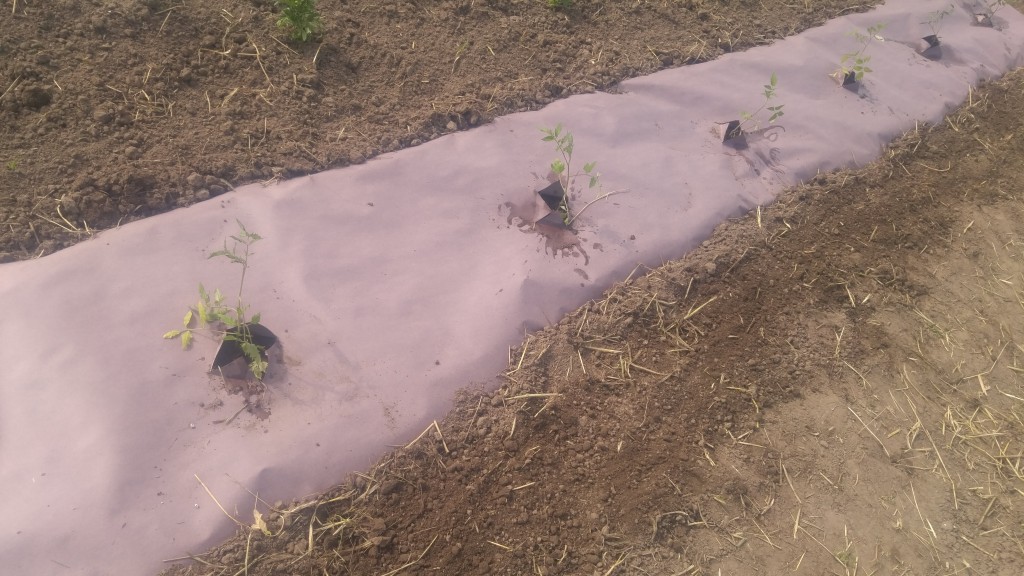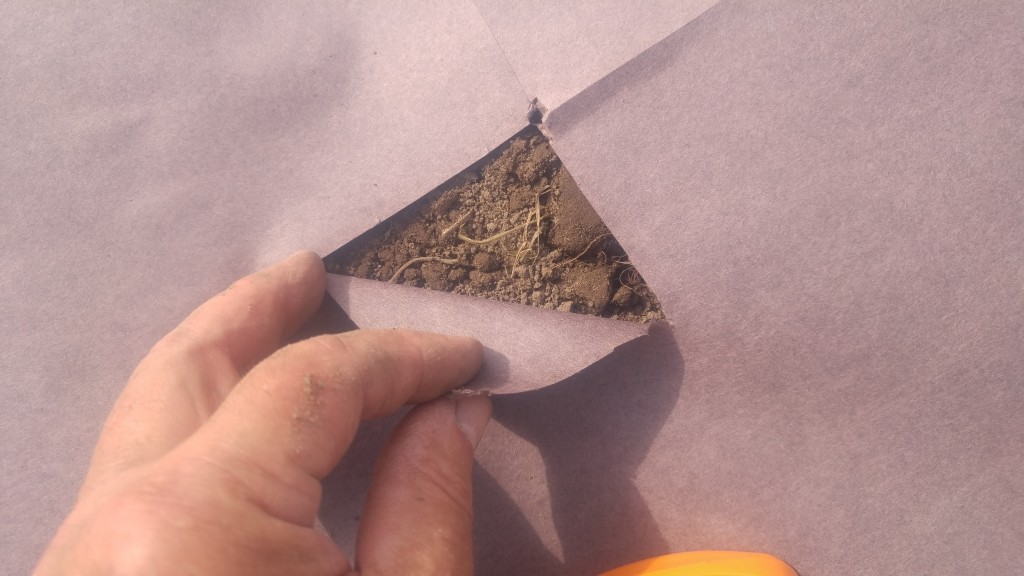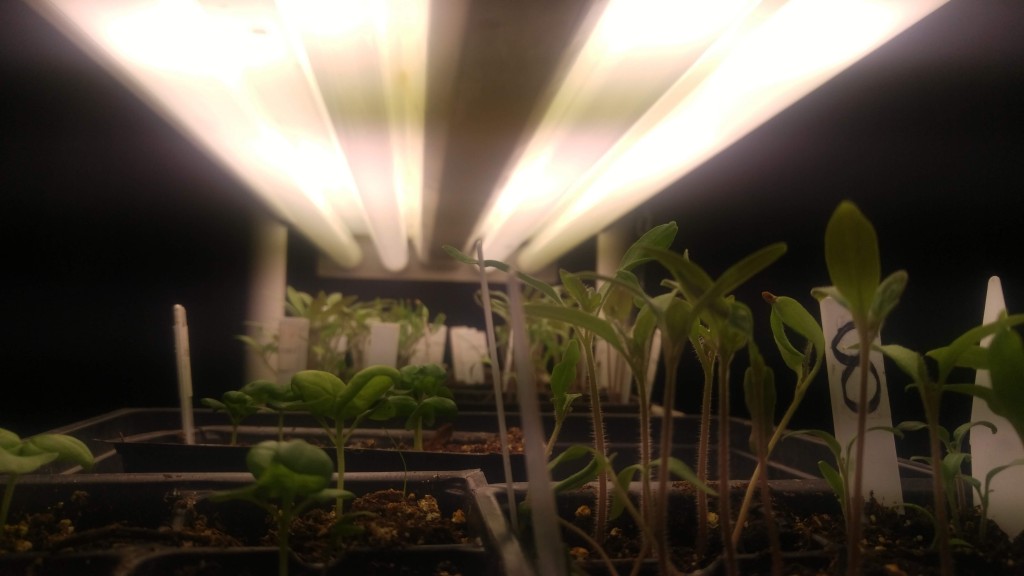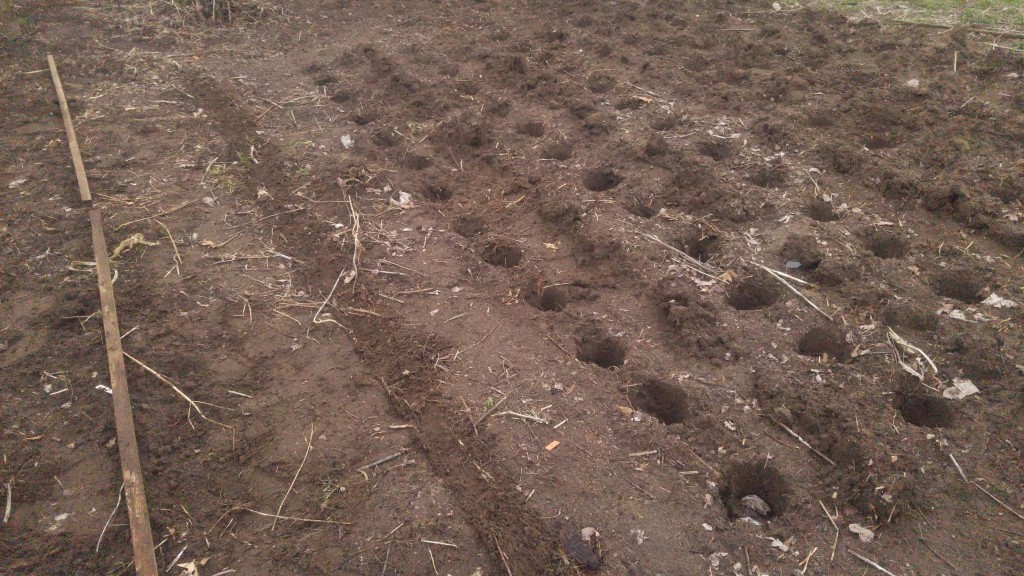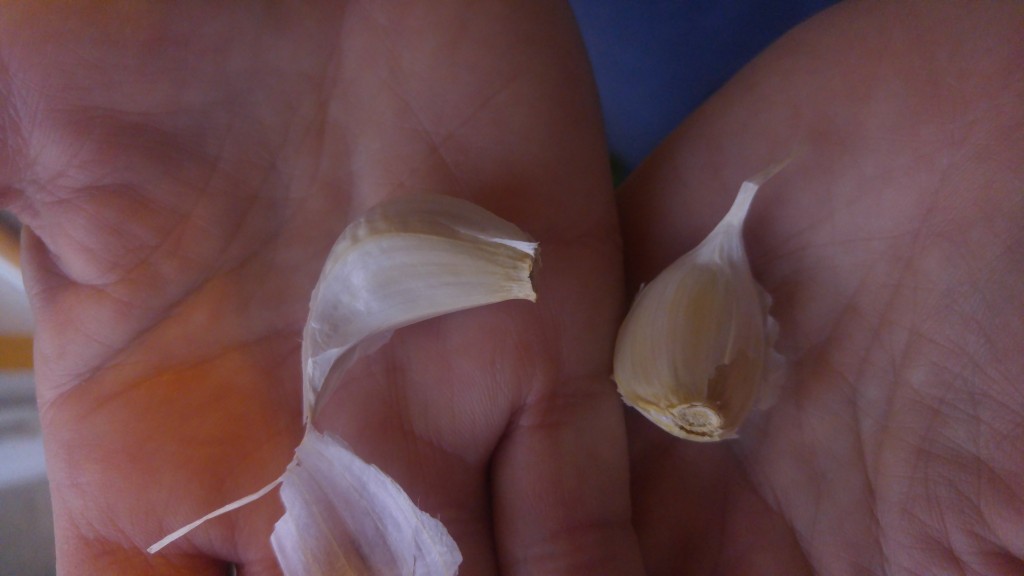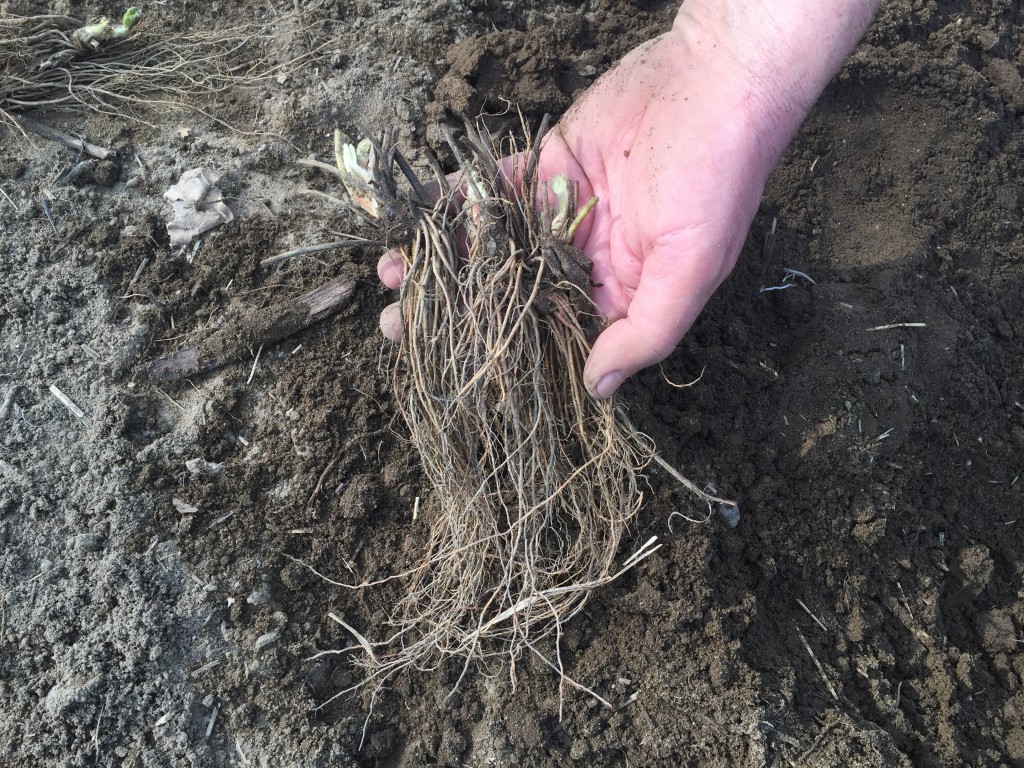Through the years I’ve used a lot of different kinds of mulch ranging from natural materials like straw or grass to man made materials such as plastic sheeting. The plastic I’ve tried has been in all the colors of the rainbow plus some that aren’t.
They’ve all claimed to have an advantage over plain black plastic. The color red was supposed to enhance tomato production. Light reflecting off of silver was supposed to confuse insect pests and on and on. Maybe there was a small incremental advantage they provided that could be seen over acres of crop, but in the garden I could never detect any.
One thing they all have in common is that they physically suppress weeds by preventing growth or inhibiting seed germination. I’ve settled on run of the mill black plastic.
This year I’m experimenting with agricultural paper mulch. It’s been around for some time — maybe you’ve tried it. I’ve never thought to use it until I started reading about the problems plastic products in general are causing. Some countries have even threatened to declare war over it. Then there’s the problem of micro-plastics showing up everywhere in the environment.
Paper mulch doesn’t have those kinds of drawbacks. One big advantage is, over the course of a growing season, it will slowly break down. Then when the growing season is over, it can be tilled into the soil saving a lot of work removing it.
There are biodegradable plastic sheet mulch products that farmers use but first generation materials leave behind undesirable by-products in the soil as they decompose. That’s the reason why many of these products are not approved for organic farming. The paper mulch I have has been found to be acceptable by an organic certifying agency.
When I opened the box, I expected to see brown paper, sort of like a grocery bag but it has a faint purple hue to it. I don’t know if that is a result of the manufacturing process or if the color was added to differentiate if from other paper products.
Like all kinds of sheet mulch, it’s critical that the edges are firmly secured so the wind doesn’t get under it and tear it or blow it away. Some gardeners pin down their mulches with metal landscape pins. I like to make shallow trenches that accept the edges of the mulch then I’ll bury the edges with soil, sort of like what a farmer’s mulch laying machine would do.
You have to be a little careful when laying it down. With plastic if you start to veer off course, you can stretch it back in place. Paper does not stretch so any adjustments have to be made slowly over a distance. To minimize any placement issues, I stretch string as a guide when digging my trenches.
It’s important to have a smooth seed bed too so that the paper will lay flat and not have open voids between it and the soil surface.
To plant, I cut an X-shaped opening and fold back the edges of the cut. Then I carefully dig out some soil and place the plant in the hole and fold back the paper.
The paper makes an attractive looking mulch when it is new, I’m not sure how it will look after being exposed to garden conditions for several weeks.
This fall I’ll let you know how it performs over the course of a growing season and how well it tills in to the soil.
Bob
